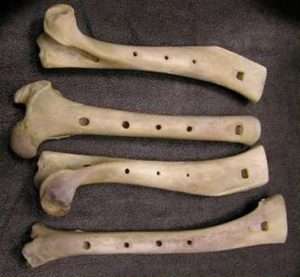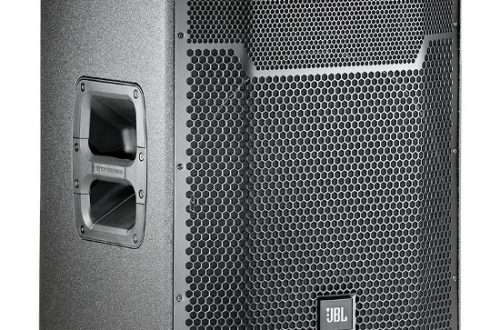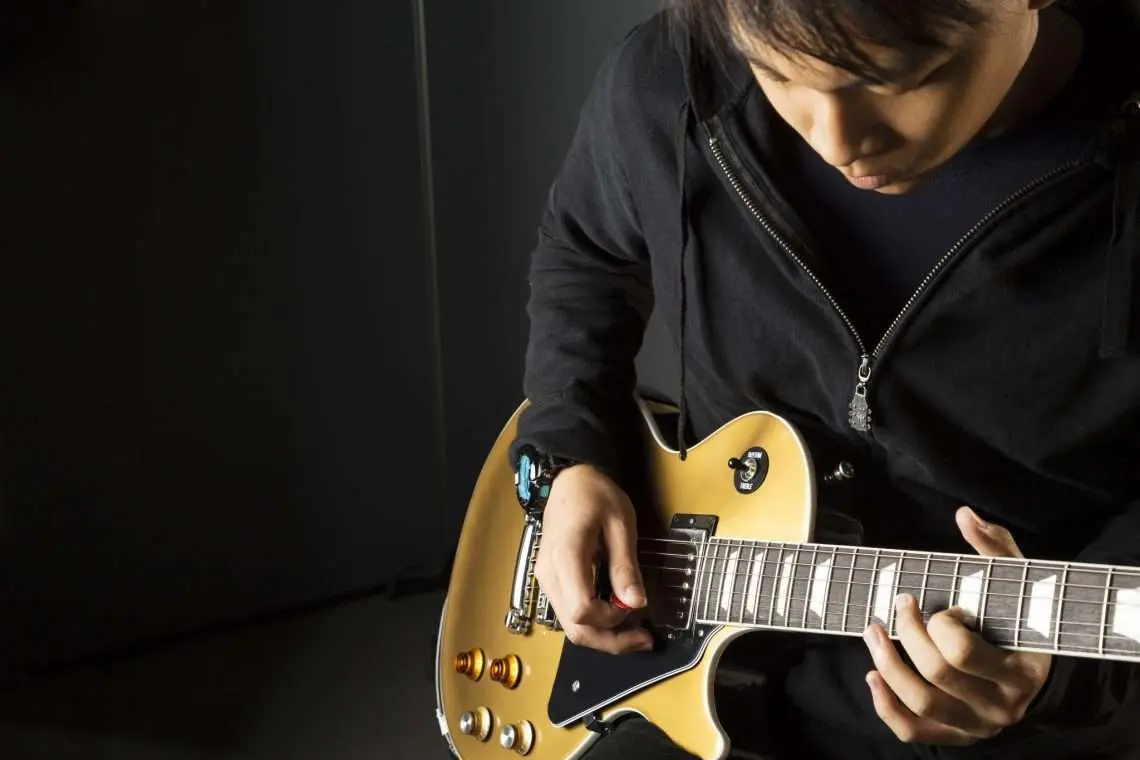
How to practice guitar?
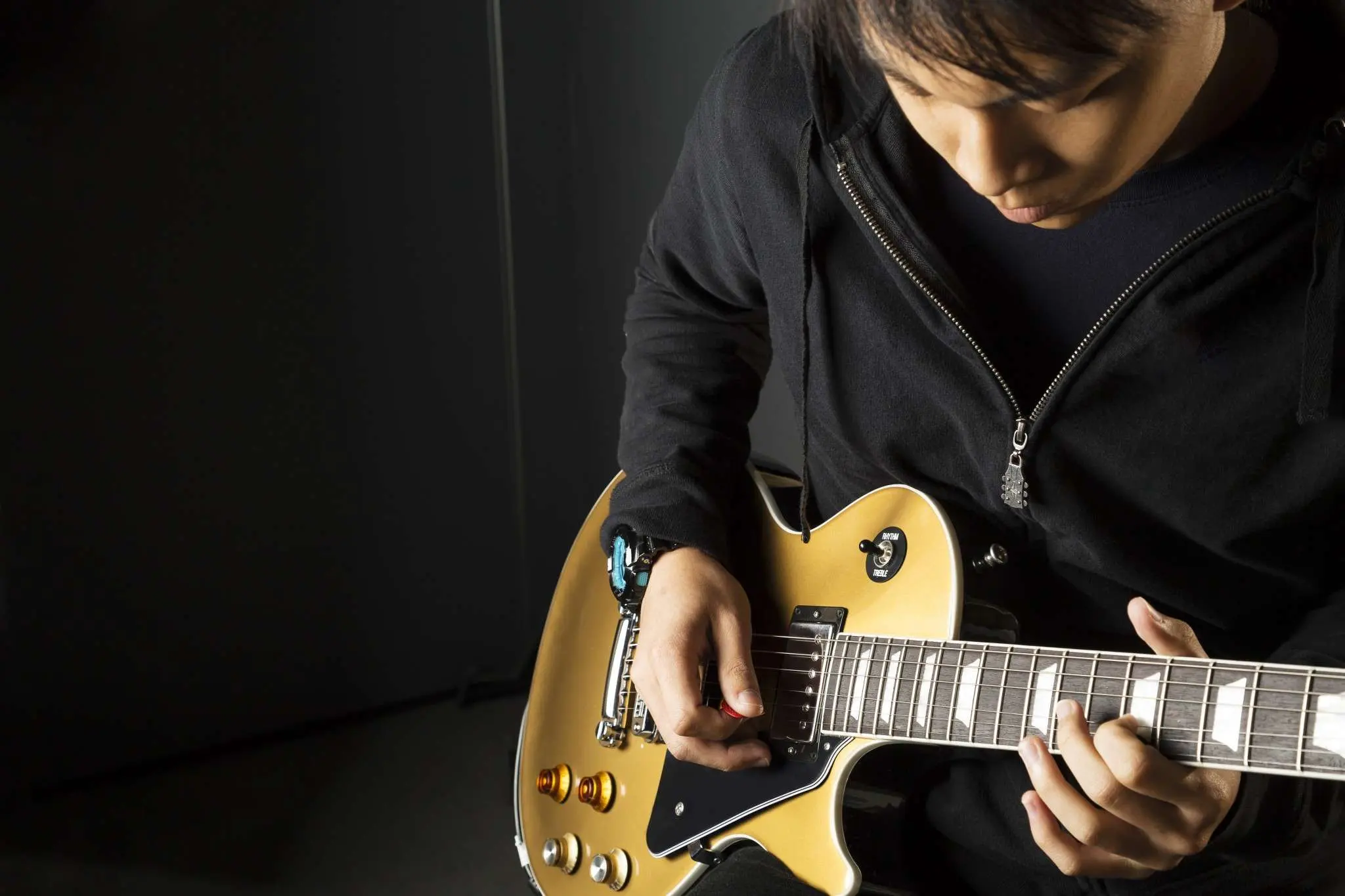
“What if the practice is to convince yourself that you can do it already?” Victor Wooten once asked while conducting his workshop. Whether you believe in “self-persuasion,” or rather working diligently, there are some guidelines that you simply should stick to. Let’s look at 10 ways you can make your daily exercise more effective.
I am convinced that every single note we make on our instrument has an impact on our playing as a whole. This theory, though somewhat controversial, clearly explains the need to care for accuracy and precision of even simple exercises. In this way, by playing, let’s say, pentatonic scales, you not only develop your harmonic awareness, but you also work on a number of other things that ultimately define your whole as a musician. What is worth remembering, and how can this affect your skills? Let’s see.
RHYTHM AND DURATION OF SOUNDS
There is no music without rhythm. Dot. I start with this because I think many of us guitarists often neglect this performance aspect. Meanwhile, even a small change in the way of thinking can lead to dramatic changes that will immediately take you one level higher. We will certainly develop this topic in the future, and for the moment – a few simple rules.
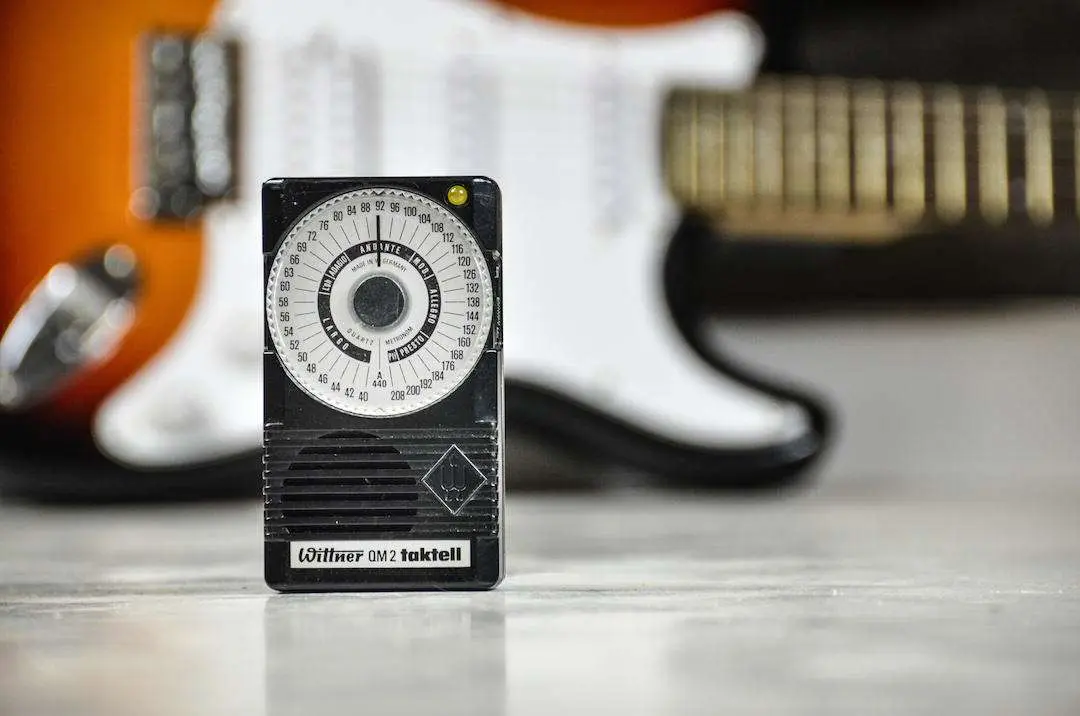
1. Always practice with the metronome This was already mentioned by Kuba in an article about important bassist accessories. I will add a few thoughts from myself. Always try to hit the point perfectly. Take a look at the first exercise in the article on warming up. All notes are eighth notes, meaning that for one metronome beat, two are played on the guitar. Start with really slow tempos (e.g. 60bpm). The slower the harder it is. 2. Take care of the decay time of the sound Since we are playing eighth notes, i.e. two notes per metronome beat, both must be exactly the same length. Watch out for the moments when you change the string, especially when you are not playing two more strings. 3. When you have followed the above two points flawlessly, start experimenting with by changing the metronome beat. For example, assume that his tapping indicates not the first, but the second eight in a pair. Then you “meet” him on odd values. In this case you have to start extremely slowly, but this exercise will definitely pay off.
If you don’t have a metronome yet, be sure to get one! A good idea is, for example, Korg ™ -50 (PLN 94) or Fzone FM 100 (PLN 50). With the help of the former, you can additionally tune your guitar. For lovers of the classics, I recommend the popular “pyramid” by Wittner. I have one myself in the Piccolo version (PLN 160).
SOUND QUALITY (SOUND)
Let’s consider what the sound depends on. For many years, I thought it was the equipment we use. I remember when Joe Satriani, on a TV show, got a guitar and an amplifier for a total of about PLN 300-400. What he did with them changed my thinking forever. Since then, I have systematically found more evidence to support the popular thesis that “the sound is in the paw.” Suppose the equipment is a professional rally car. How far will you go without being able to drive it? 4. Explore the guitar sound registers The instrument will sound different if you strike the string closer to the bridge. A completely different color will offer an attack near the neck. Search, listen and choose the one that suits you best. 5. A crowd of non-sounding strings This is especially true if you play a lot of distortion. Use the non-playing fingers of your left hand and the part of your right hand under the little finger. 6. Also practice with sounds that you use occasionally Do you play metal? Spend a few days working with pure colors. Do you prefer jazz? How will you deal with heavy distortion?
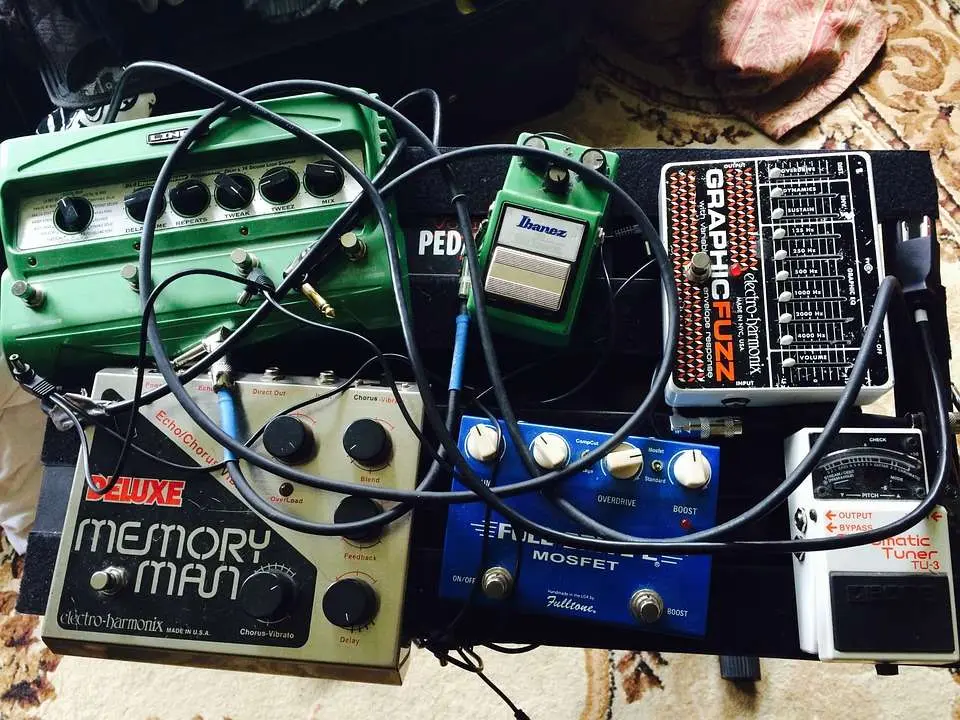
HAND ERGONOMICS
This is a key point for anyone aspiring to play fast or simply interested in solid guitar technique. Again, it’s not about how many sounds you make, but how you do it. We will look at common problems. 7. You play a few notes with one finger Unless it is deliberate, articulating, the next notes of the waveforms should be played with different fingers. It requires adjusting the correct position and choosing the right fingers, but over time this practice brings many benefits. 8. By picking, you do not bring the movement out of the wrist I think a lot of guitarists rely on this aspect. Movement produced, at least slightly, from the elbow, will only allow you to develop speed to a certain extent. Next time, play bodybuilder and… exercise in front of the mirror. See if you only move your wrist when boxing. 9. You do not alternate cubes Alternate picking is an absolutely basic dice technique. I advise against the topic of sweeps and all derivatives until a solid foundation is built. Unfortunately, it may take years 🙂 10. You make excessively large movements Every move you make should be minimized to the limit. It applies to both the left and right hand. Don’t overdo your ankle swing and don’t take your fingers too far from the bar. Try to make as few movements as possible.
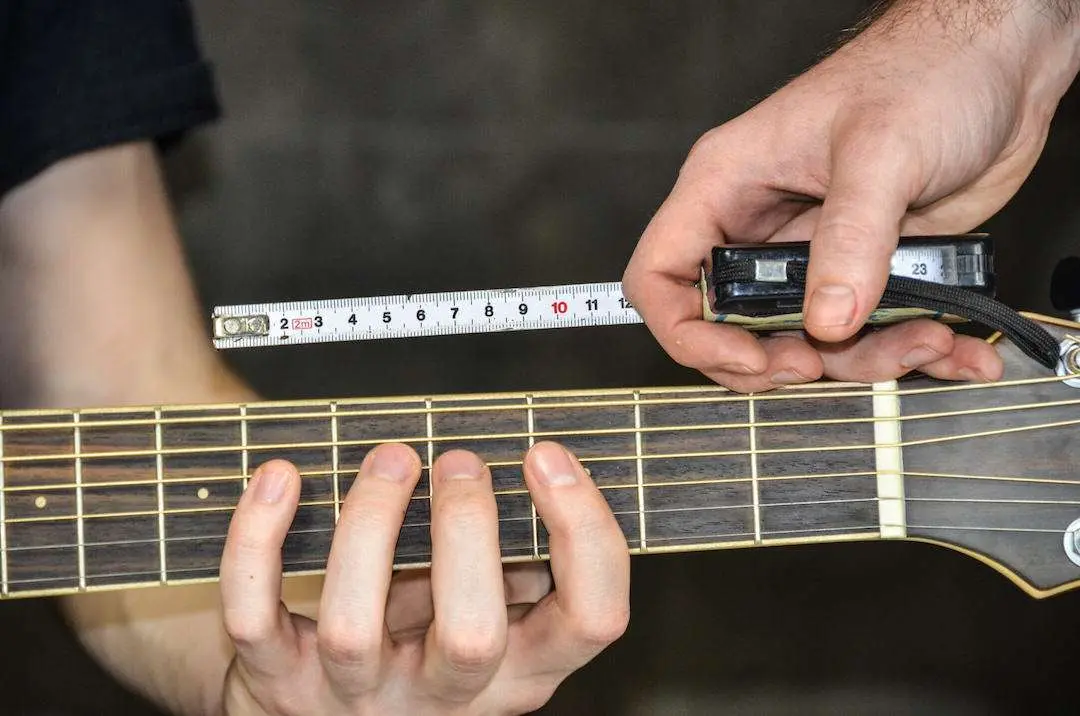
Hopefully these few tips will help you get a different perspective on the instrument. Remember that our interaction is very important to me, so I appreciate and read every comment. I also reply to most of them.
Finally, I will only mention that reading will not make you a professional guitarist, so turn off your computer and check the above tips in practice. I am waiting for a report!



